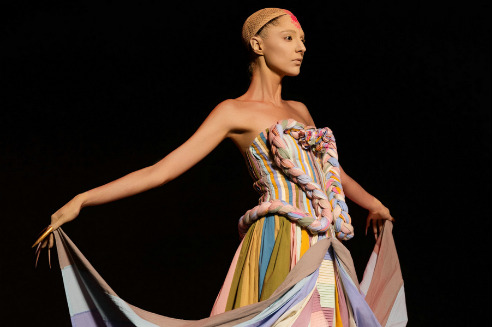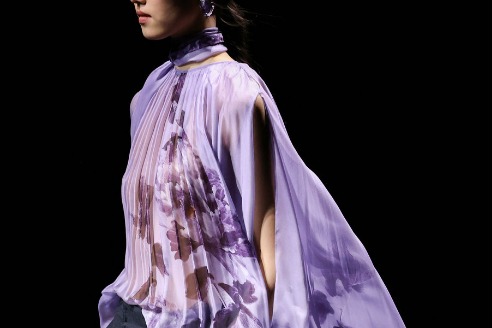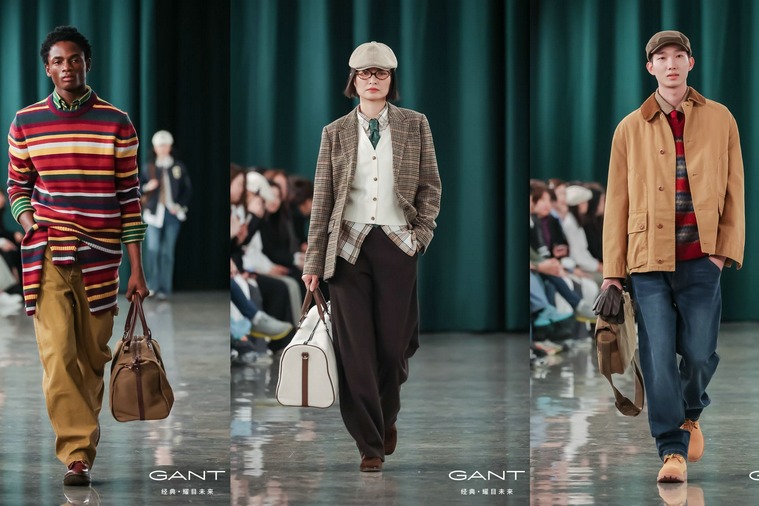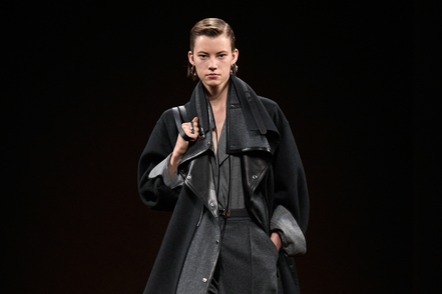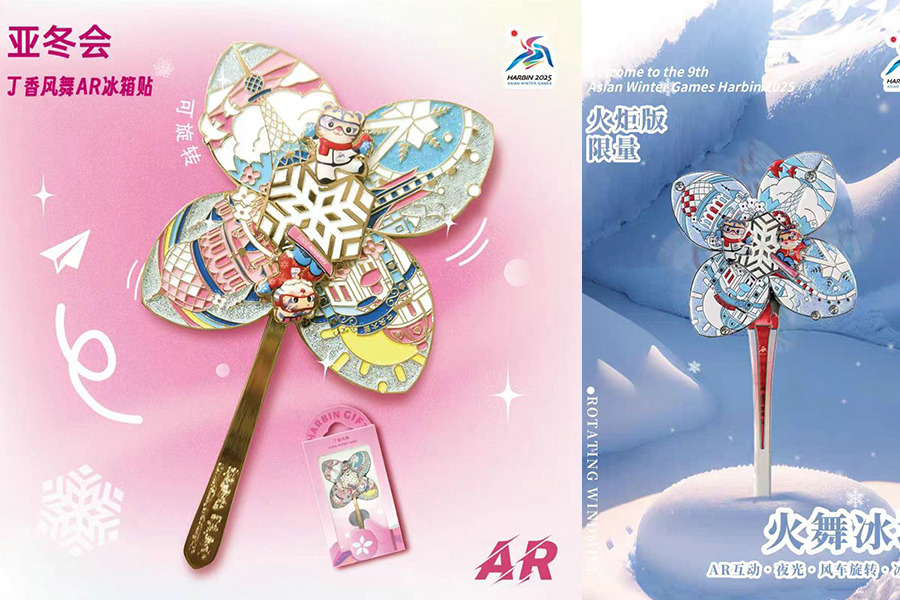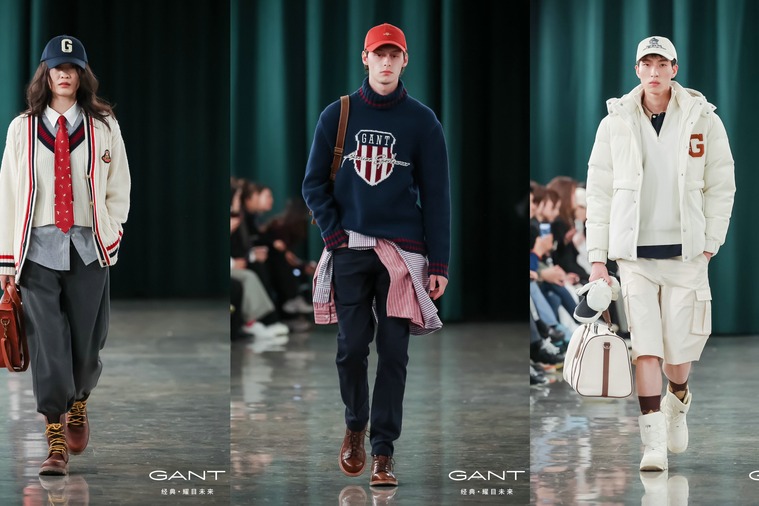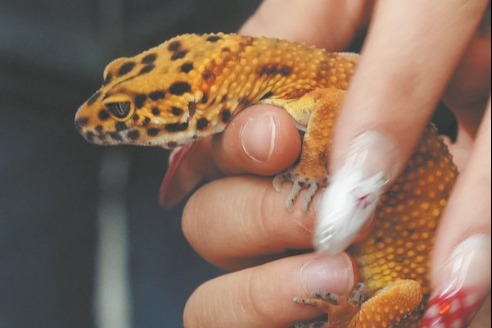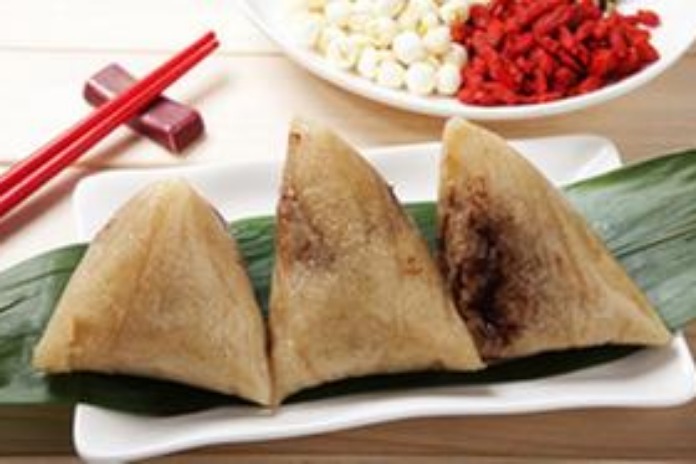Carp venture in Kentucky back above water


Facing difficulties
As the production chain was lining up and the business was poised to grow, the COVID-19 pandemic hit.
Before this, 90 percent of Yu's products were being exported. But the pandemic put a stop to this. The only business she was able to maintain was providing fish bait for lobster catching in Maine and crayfish in Louisiana.
"For the first time in my life, I had to borrow money from family and friends, especially my son, to pay for electricity and pay my employees," said Yu.
Facing such financial strain and difficulties, Yu thought of quitting, but friends and business partners encouraged her to stay. "People told me that if I shut it down, I will never be able to open it again," she said.
Yu also had help from the local community. An electrician did jobs at the factory despite her inability to pay. The landlord allowed her to be late on rent payments for more than a year so that it was able to house some of her employees who kept the operation running.
The trade war between the US and China then drove the industrial park further down. Only one of the seven investors managed to remain, producing dog and cat treats for US consumers.
When the world began to resume normalcy in 2022, container shipping costs had increased to $28,000, from $8,000. Yu had to find new investors and reset the production chain.
"I have always done export business, and I know it's better to sell bread than flour," said Yu, who has searched for more value-added products for Asian carp in recent years.
But she's turning away from the fish export business due to the increased costs. Yu said she now only serves overseas customers who have had a relationship with her for more than a decade.
Instead of the international market, Yu said she's focusing on expanding the Asian American market domestically. Carp fish head, intended for soup, is available in cities with large Asian populations; New York, Los Angeles and Chicago.
She has also decided to produce more processed fish food products for the US market: fish jerky, smoked or salted fish fillet. Groundfish meat has been made into fish balls, fish cakes, fish egg rolls and fish dumplings. Also, the ground meat and skin are turned into dog treats.
Yu has even made use of the inedible fish parts. Fish skin has been adopted as an eco-friendly material for the fashion industry.
Inversa, a company run by a group of young top college graduates, has processed carp skin into leather. Branded Silverfin, fashion designers have incorporated the leather to make belts, wallets, shoes and bracelets.



















